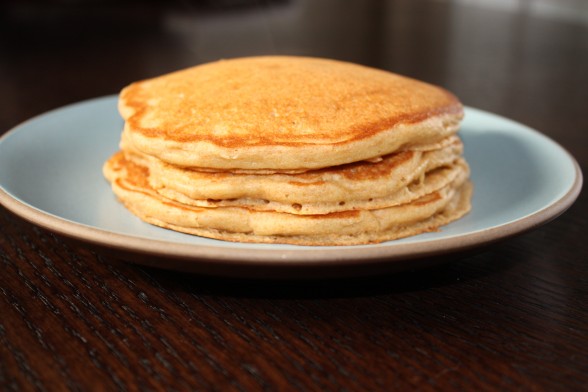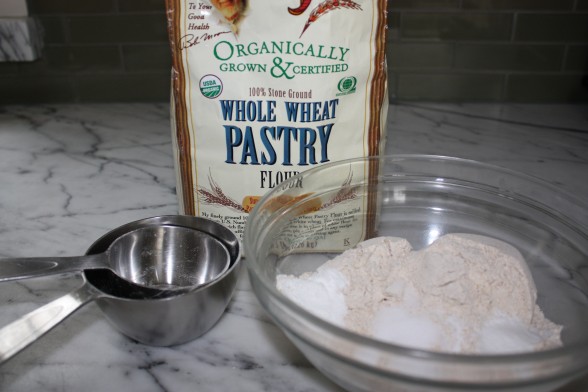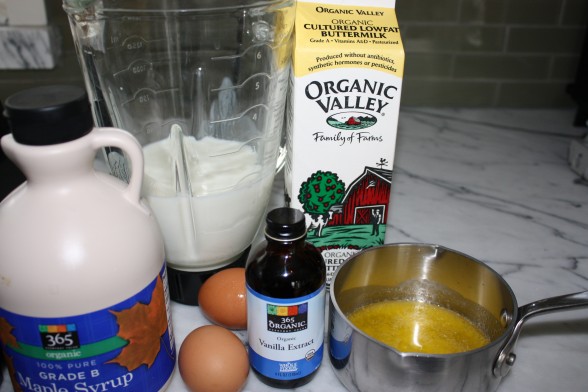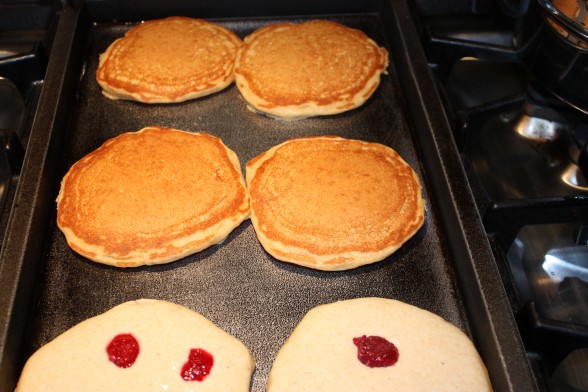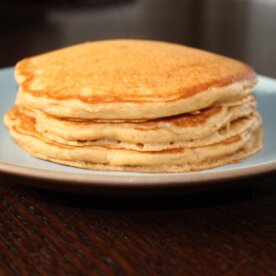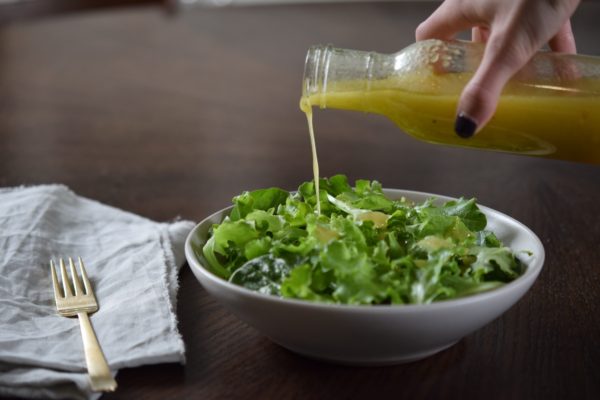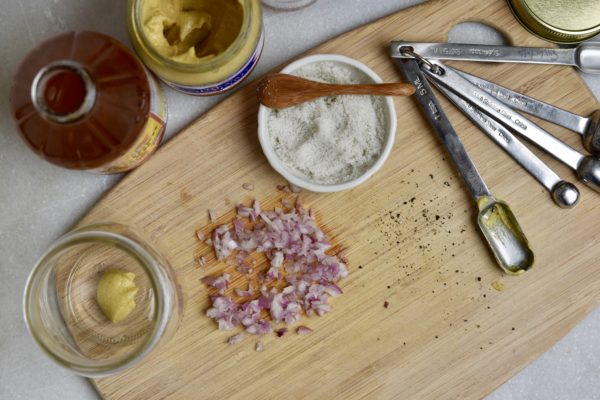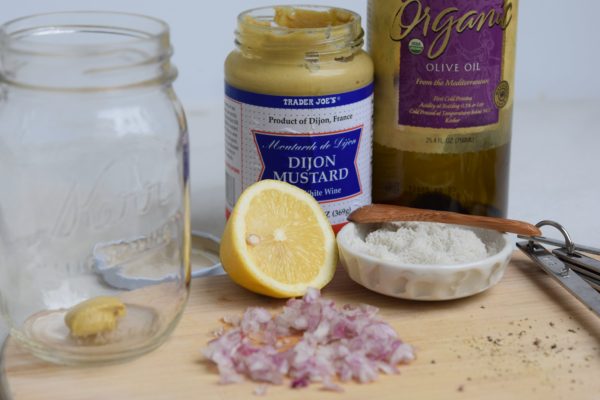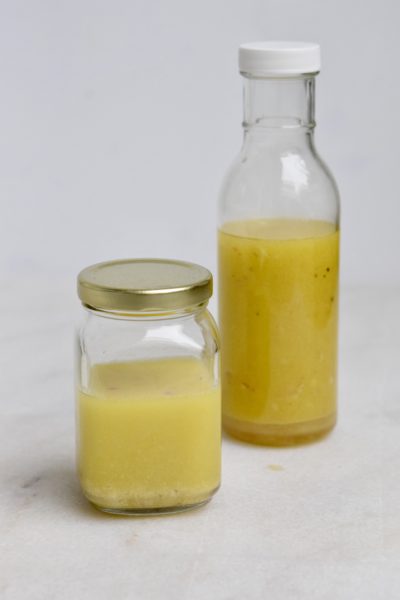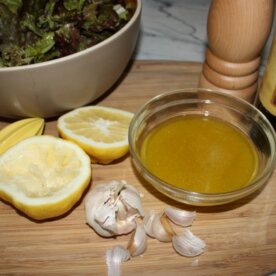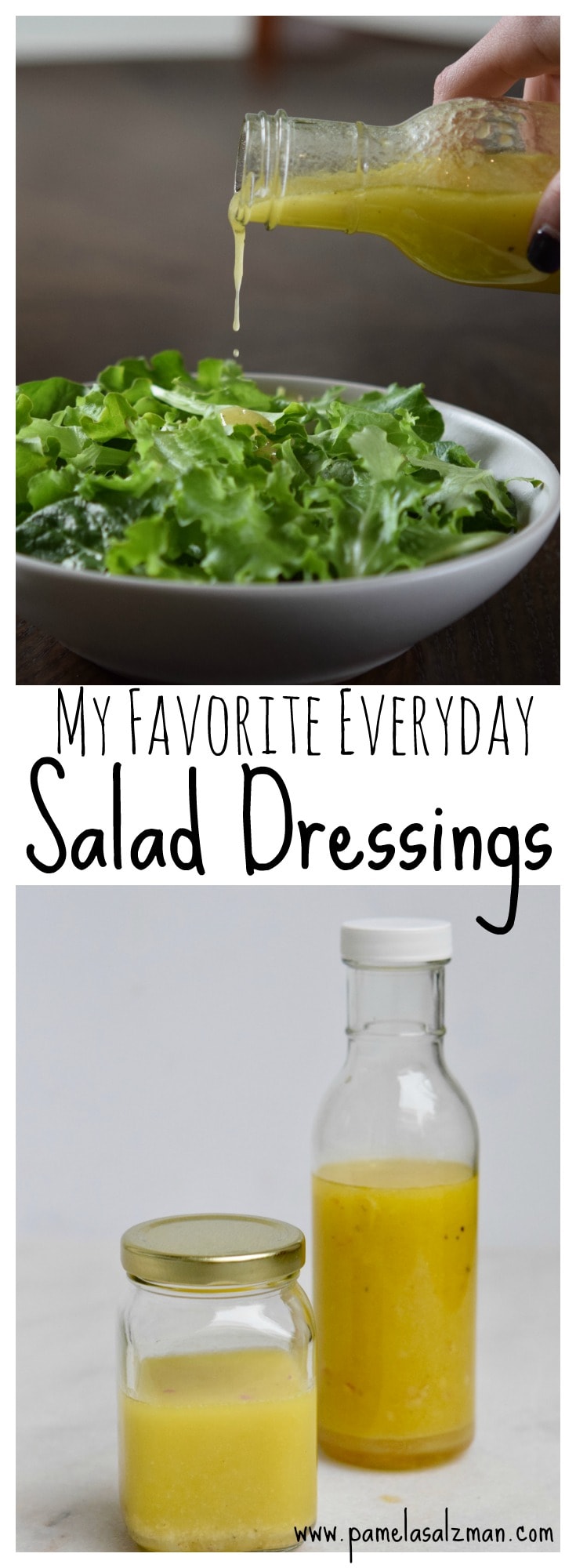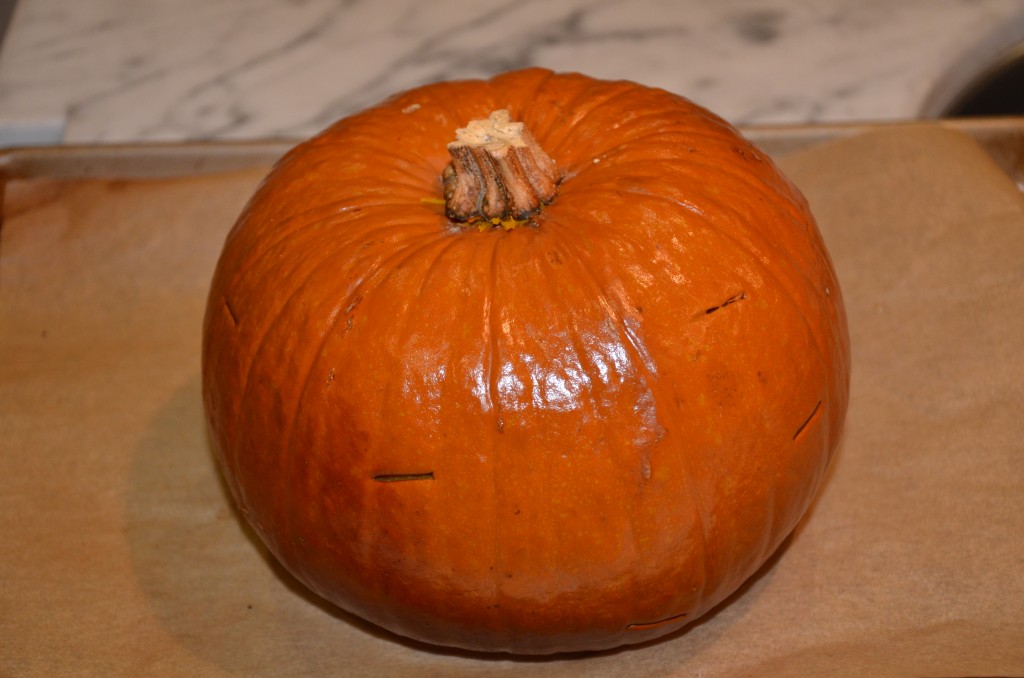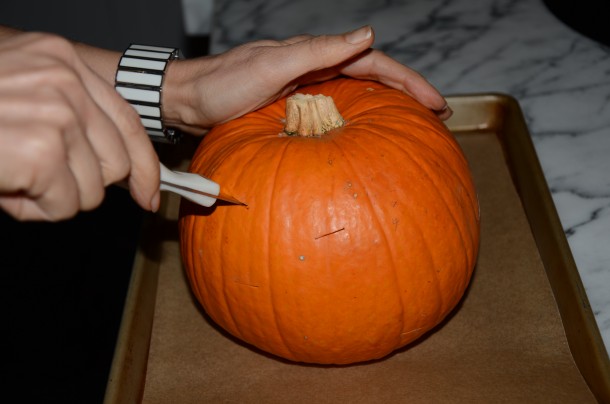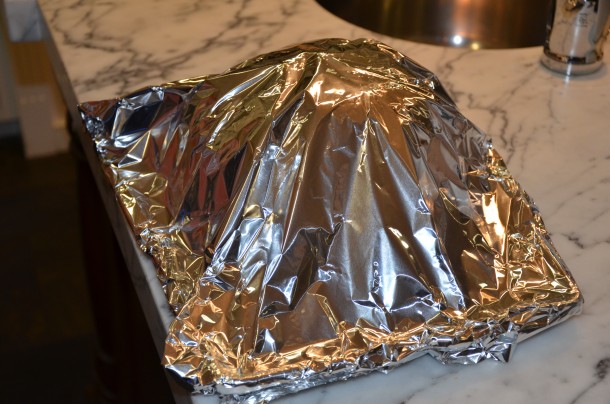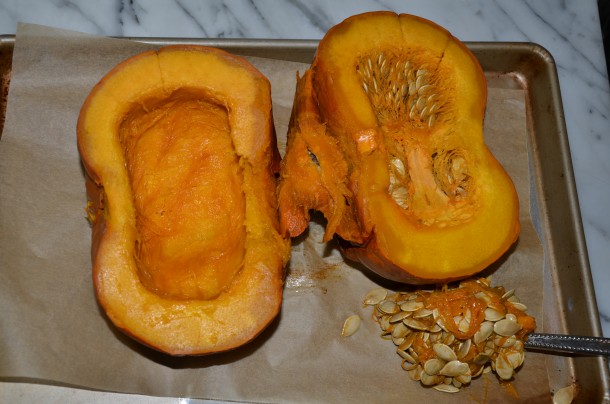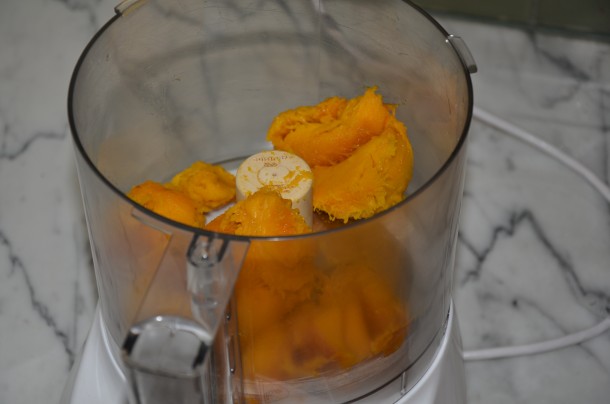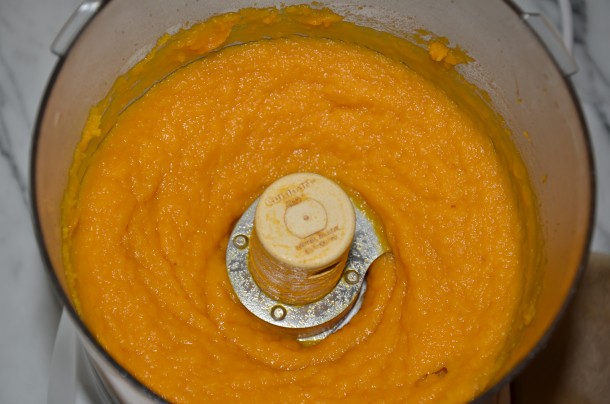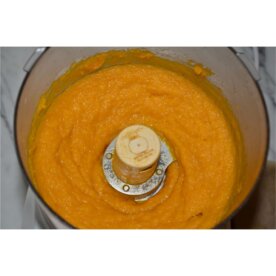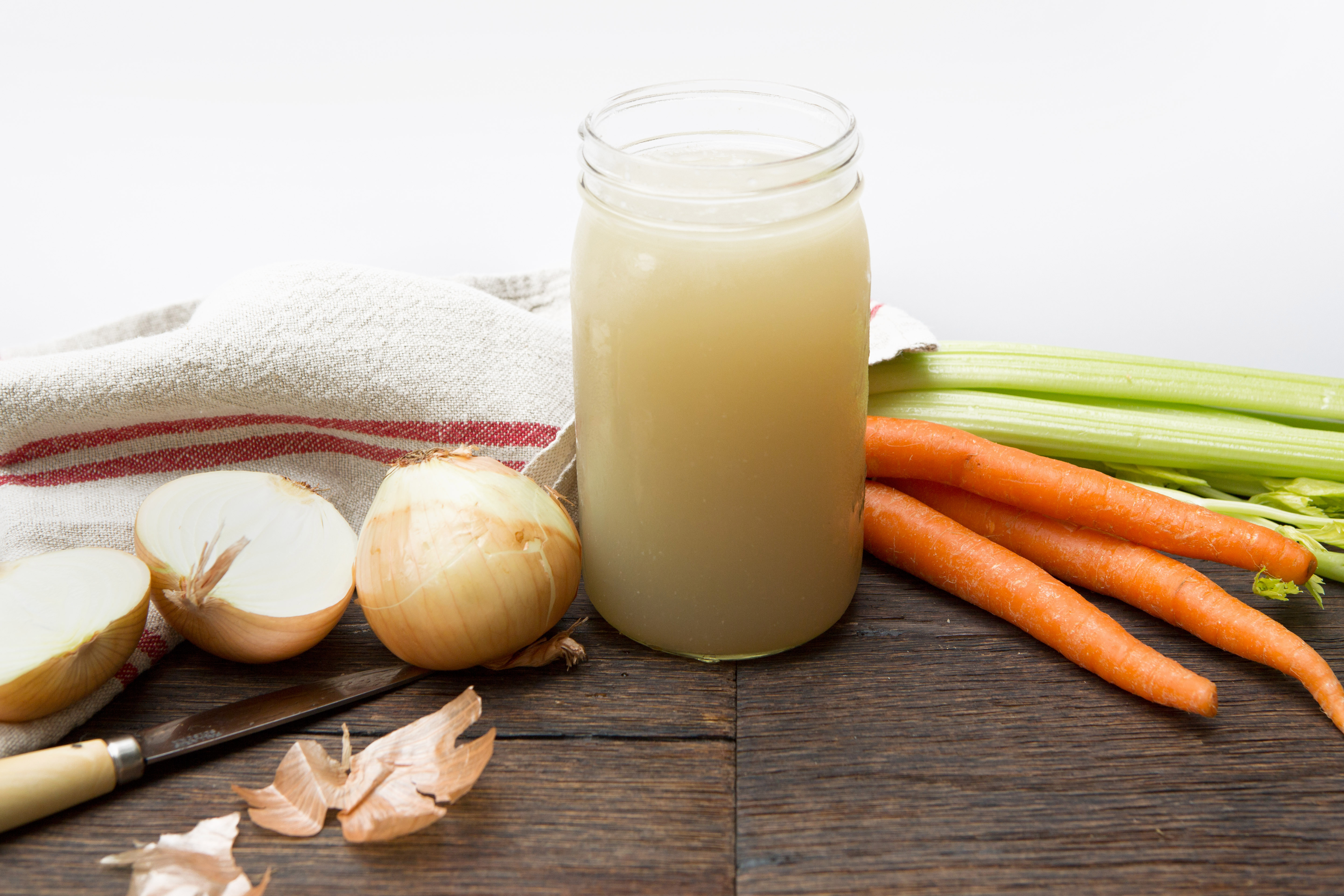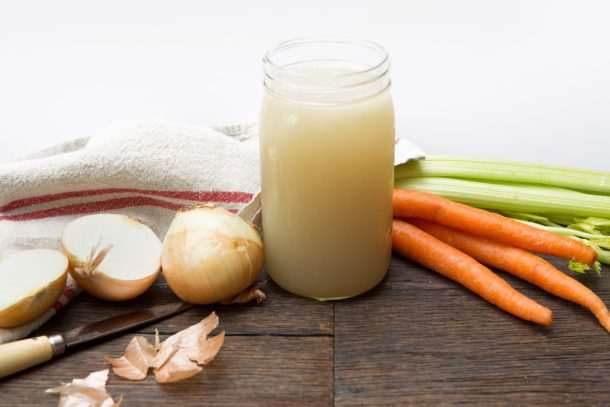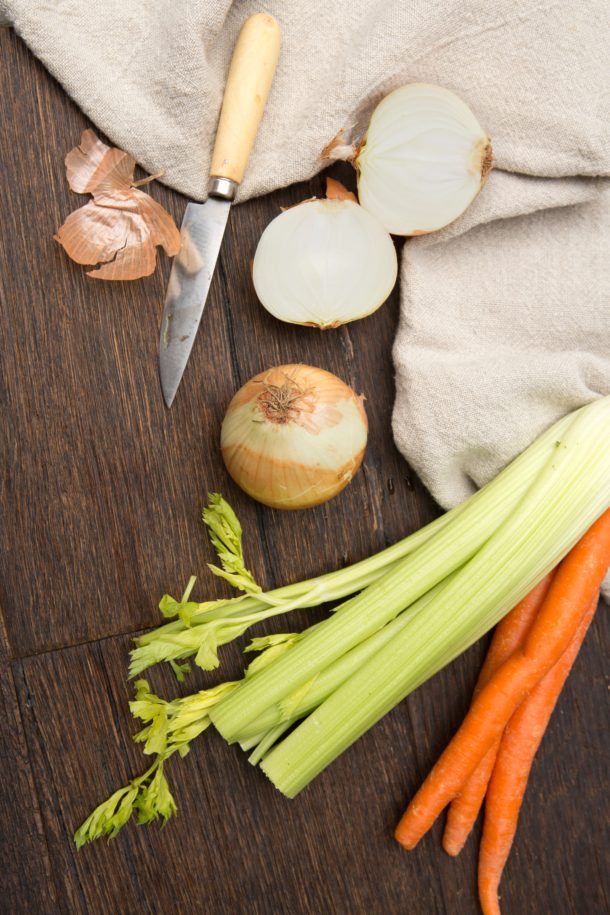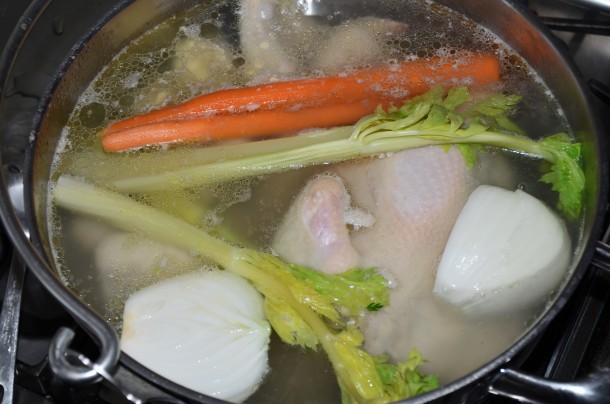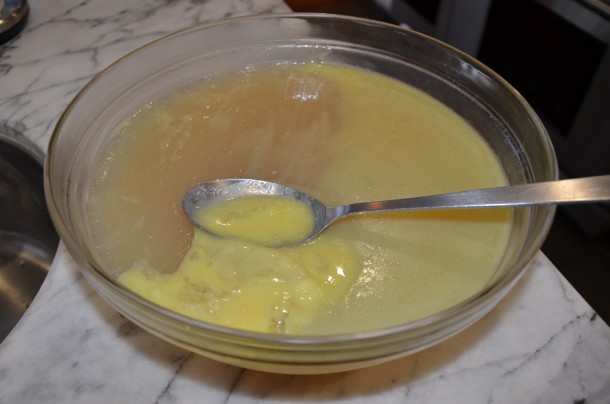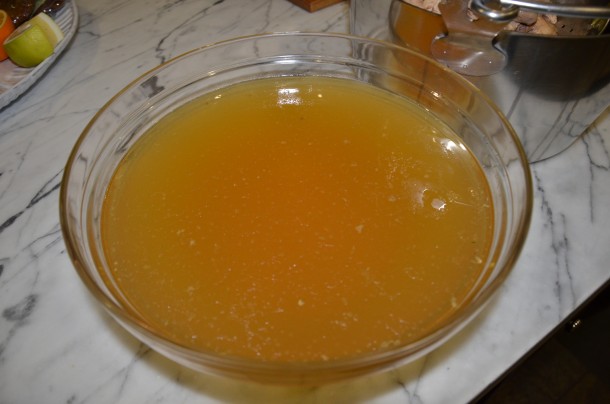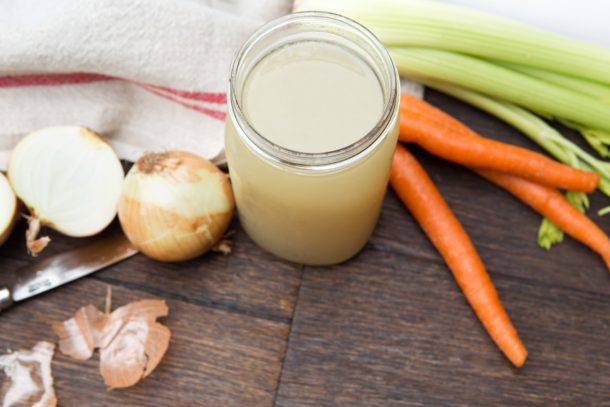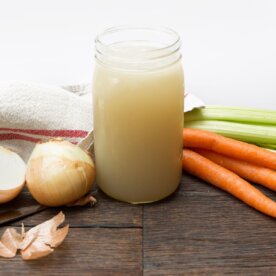Vegetable stock recipe
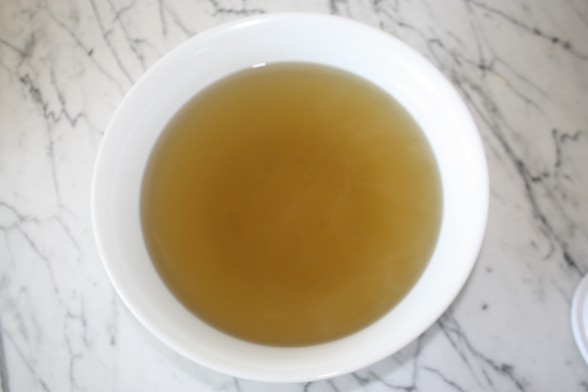
I really think it’s worth the effort to make stock from scratch, not only because it’s more nutritious, but because homemade just tastes so much better than the one you get from a box. Many times you can get away with using water in a soup, but using a flavorful stock will usually make it better. Vegetable stock is much easier and quicker to make than chicken stock (you actually don’t want to simmer it for longer than an hour.) I like to cut my vegetables first because I think you get more flavor released into the broth. This vegetable stock is also great to use in pureeing baby food if you need a little extra liquid.
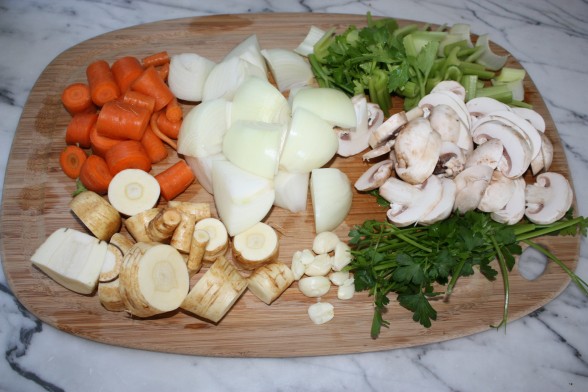
The recipe below is for my basic vegetable stock, but if I know what I’m using it for, such as a soup with asparagus and leeks, I will add other extras from those vegetables, too. The tops of leeks and the woody ends from asparagus make a great addition to stock. Just make sure everything is washed before putting it into the pot. My mother taught me to take fresh vegetable scraps that you would normally compost and keep a bag of them in the freezer. When you have a full bag of scraps, just put them in a pot with some additional chopped vegetables and water, and presto! practically free stock. The addition of kombu in my recipe is completely optional. It is a sea vegetable and gives your stock an extra boost of minerals. Use it if you have it on hand.
Make sure you simmer the stock and don’t boil it vigorously since more liquid will evaporate that way. I don’t add salt to make vegetable stock, so keep that in mind when you are using this in a recipe. You may need to add a little extra salt to have the proper seasoning.
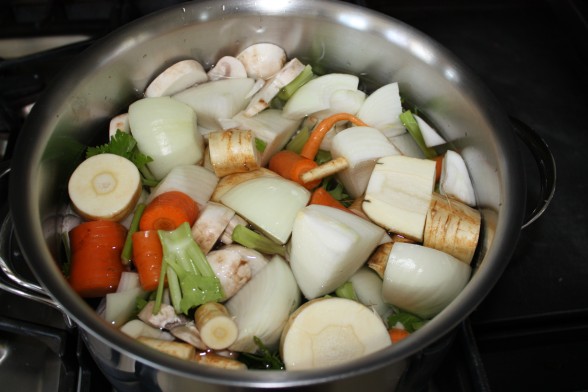
Vegetable stock lasts for 5 days in the refrigerator and up to 3 months in the freezer. I like to freeze it in 2-cup and quart containers because those are the sizes I use most often. But you can freeze the stock in any size container, even ice cube trays. If you are freezing in glass, make sure you freeze your liquid without a lid since it will expand. Once the stock is frozen solid, cover it tightly to protect is from freezer burn. Also check out my recipe for homemade chicken stock.
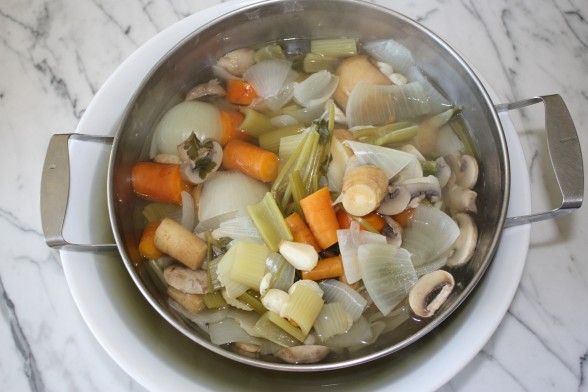
Happiness is a freezer full of homemade stock!
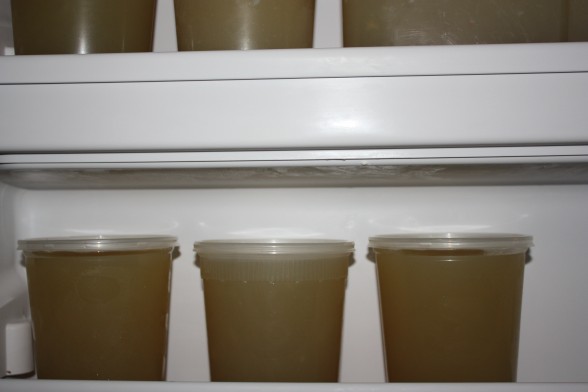

Vegetable Stock
Ingredients
- 3 large onions cut into large chunks
- 2 large parsnips unpeeled, cut into large chunks
- 2 large carrots unpeeled, cut into large chunks
- 3 celery stalks cut into large chunks
- 8 ounces white mushrooms chopped
- 6 large garlic cloves crushed
- a few sprigs fresh parsley
- 2 sprigs fresh thyme or 2 bay leaves
- 4 quarts water
Instructions
- Place all the ingredients in a large pot and bring to a boil over high heat. Lower the heat and simmer uncovered for 30-60 minutes.
- Remove the pot from the heat and strain the stock into a large bowl. Push against the vegetables to extract additional liquid. Discard the vegetables.
- Store in the refrigerator for up to 5 days, or in the freezer for up to 3 months.




